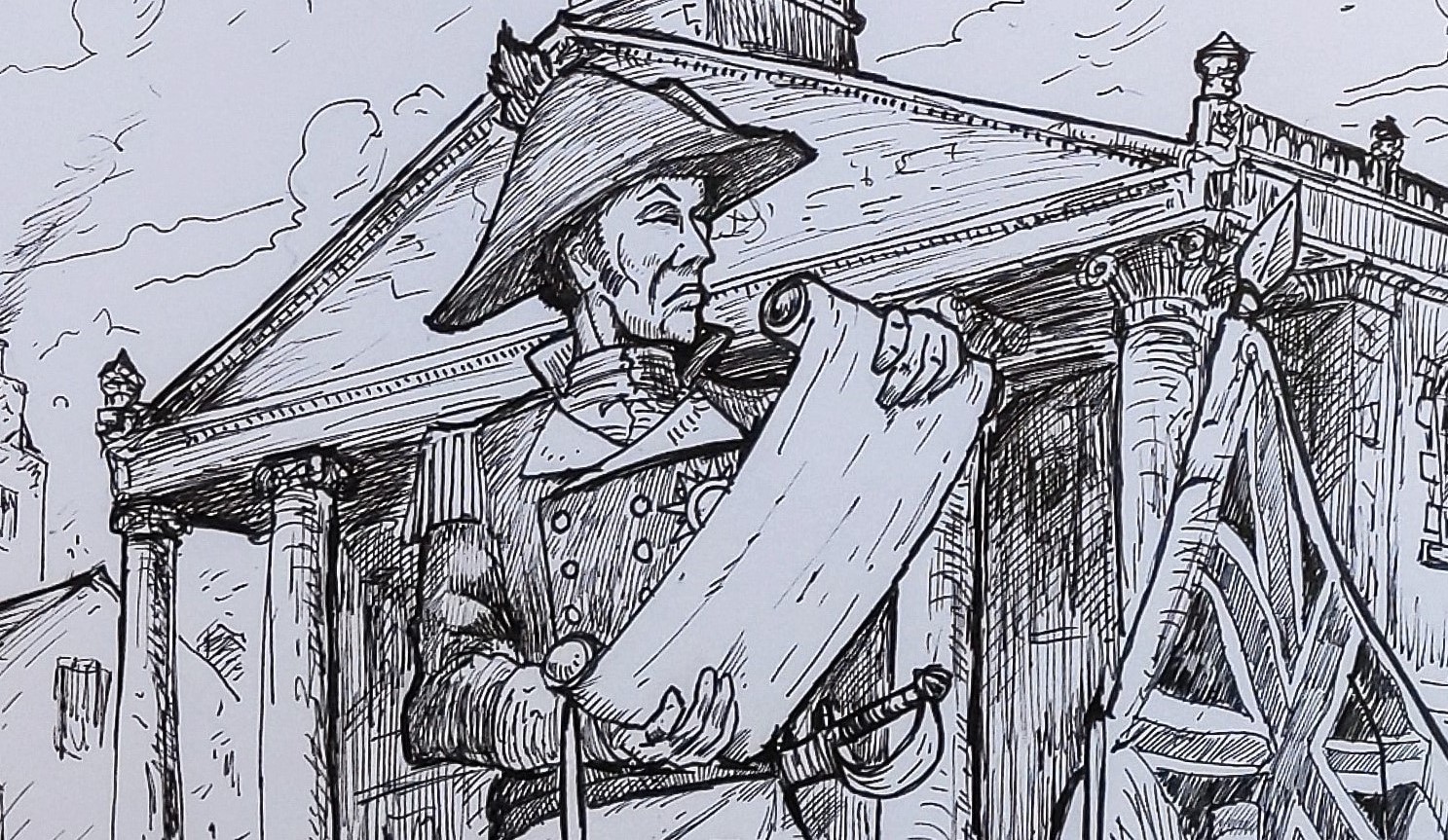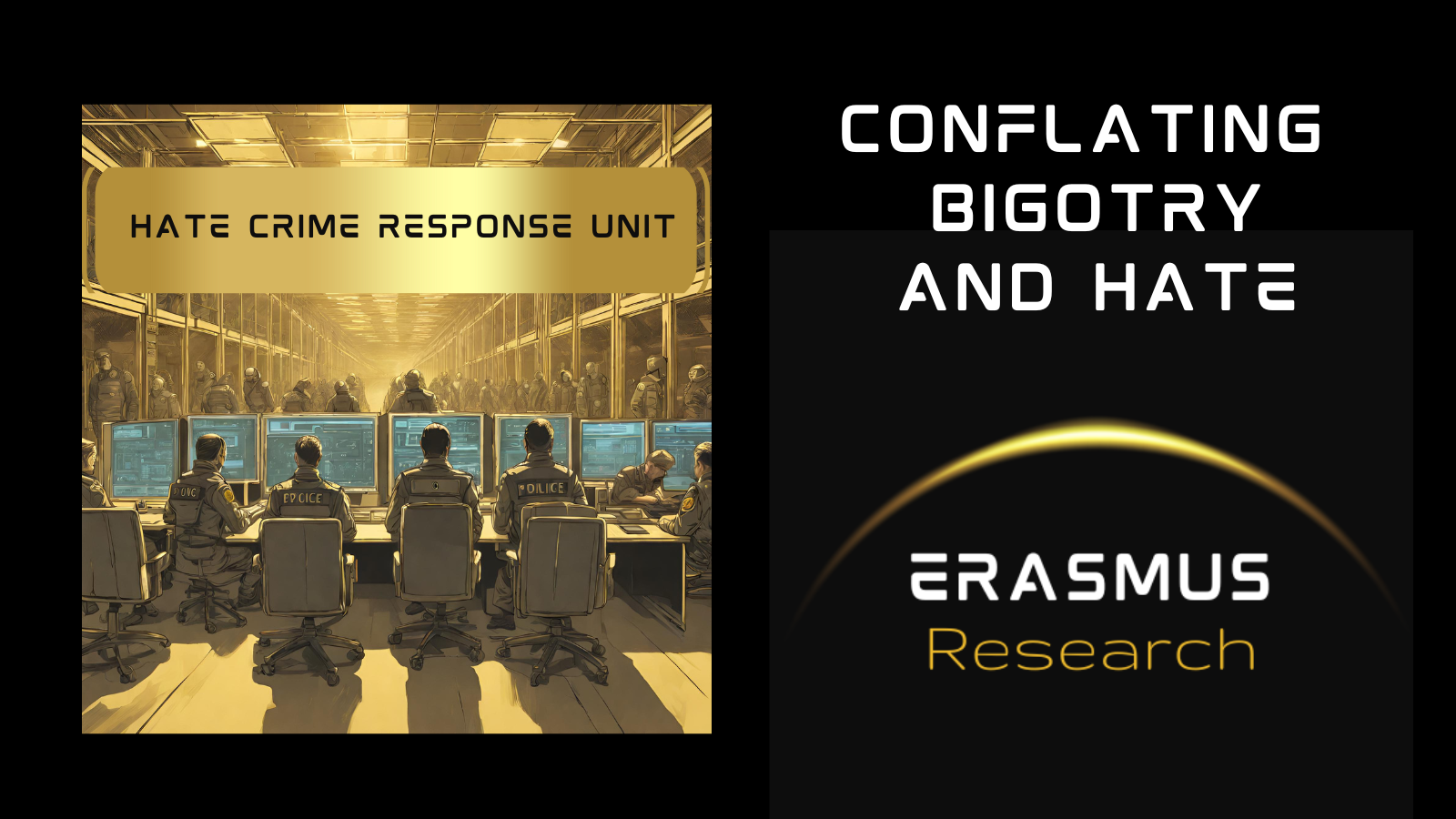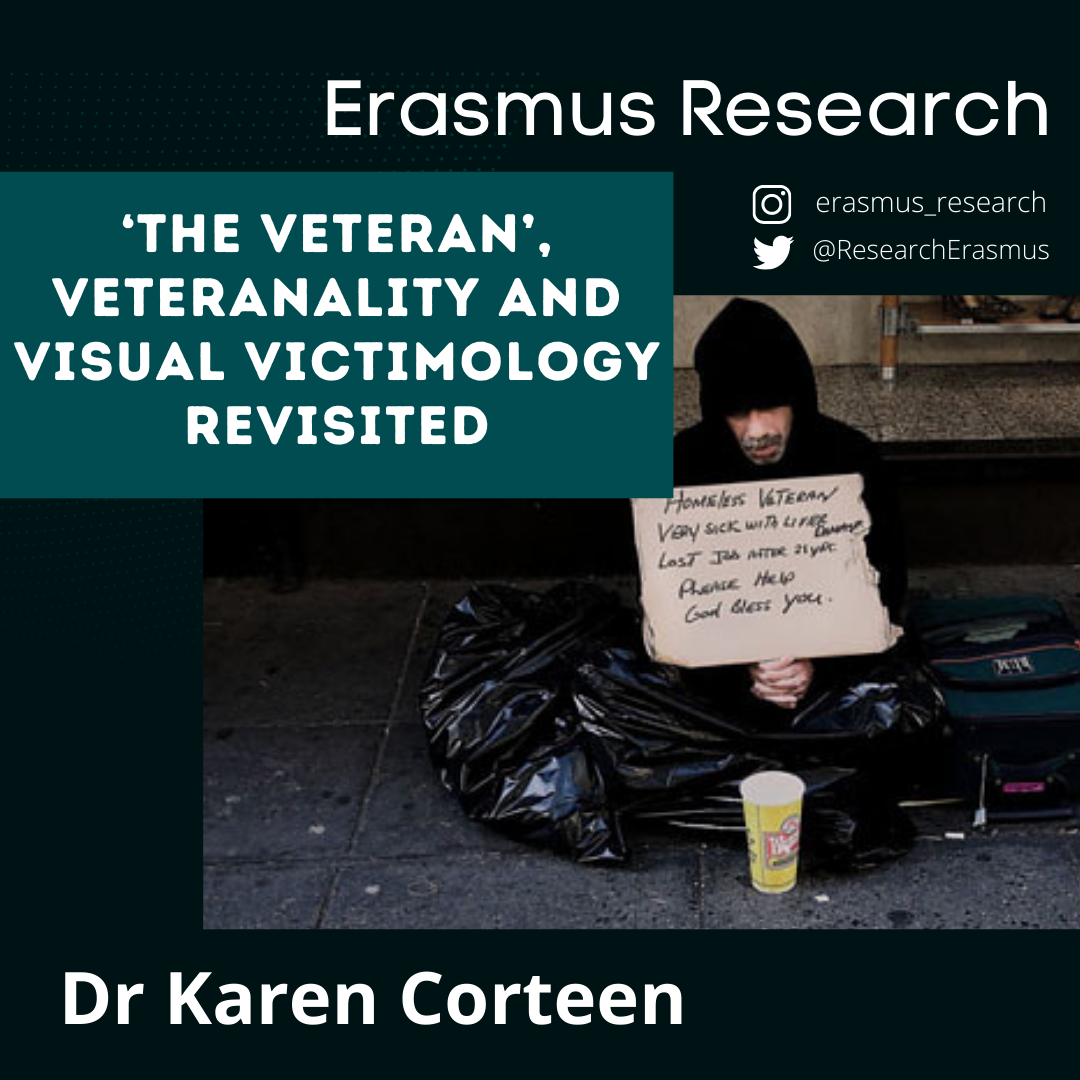“The Biggest Peacetime Crime—and Cover-up—in British History.” That was the headline of a recent article in The Free Press, written by Dominic Green, an article Maggie Oliver shared on Twitter (X) with a personal endorsement. Green begins with the provocative claim:
“The serial rape of thousands of English girls went on for many years. Few in power cared. Then Elon Musk started tweeting.”
The issue of child sexual abuse and exploitation is an immensely serious one—yet Green, following in the footsteps of his ‘hero’ Elon Musk, cynically appropriates it to serve a reactionary political project aligned with Musk’s and Trump’s broader right-wing agenda.
That the police, social services, and courts failed to protect thousands of vulnerable girls is beyond dispute. However, Green’s politically motivated explanation is a textbook example of ideological distortion. He claims:
“They did this to defend a failed model of multiculturalism, and to avoid asking hard questions about failures of immigration policy and assimilation. They did this because they were afraid of being called racist or Islamophobic. They did this because Britain’s traditional class snobbery had fused with the new snobbery of political correctness.”
This narrative operates on two levels: first, it seeks to discredit the bureaucratic state by blaming an ideological obsession with ‘political correctness’ rather than chronic underfunding and institutional incompetence; second, it serves as a vehicle for the demonisation of Muslim men, reinforcing Islamophobia in a country where racial divisions have long been stoked by the media and political establishment.
Despite blaming state institutions, this political trope never questions whether these institutions exist to keep people safe. A more critical perspective would ask whether the failure to protect these girls was due to incompetence—or whether it reflects the structural reality that the police state is not designed for protection.
Victim-Blaming and Criminalisation
The 2022 Independent Report into Grooming Gangs, based on research involving former police officers, whistleblowers, campaigners, and professionals within the criminal legal system, highlights the extent of victim-blaming and criminalisation.
“One theme that should run through the institutional response to child sexual exploitation is the recognition of the child as a victim. Too many victims of child exploitation are treated as offenders or somehow responsible for the harms done to them.”
The report details how victims were frequently treated as complicit in their own abuse, dismissed as making ‘lifestyle choices’ rather than being recognised as exploited children:
“Examples of victim-blaming in the case study areas reflected a cultural failure of management.”
A key issue is the language professionals use, shifting responsibility onto victims rather than perpetrators:
“Examples include describing a child as engaging in ‘risky behaviour’ or making ‘risky’ choices.”
Across six case study areas, evidence of professionals holding children responsible for their own exploitation was consistent:
- Durham: A child exploited from ages 13-15 was described as “placing herself in danger” and “taking risks by sexualised behaviour.”
- Swansea: A child abuse victim was described as having had “sexual partners from the age of 11.”
- Bristol: A police officer referred to a child victim of sexual exploitation as “prostituting herself” in a crime report.
Former GMP detective and police whistleblower, Maggie Oliver, notes that police “would go to almost any length to prosecute a child rape victim if it suited their purpose.” The report further states:
“There were several examples of child victims of sexual exploitation being charged with criminal offences and consequently incurring criminal records, despite the backgrounds to their offending being inextricably linked with their exploitation.”
According to Barnardo’s:
“Victim-blaming continues to be a feature of many child sexual exploitation operating models and assessments.”
These failures are not isolated incidents but systemic realities embedded in the criminal justice system, which is designed more for punishment and control than for safeguarding.
Risk Assessments: A Tool of Control
The Child Sexual Exploitation by Organised Networks Investigation Report highlights the function of risk assessment in social services and law enforcement:
“Risk assessments and screening tools are also used to determine whether and how children’s social care professionals, police, and health professionals respond to children.”
However, the report raises a crucial concern: risk assessments often function as tools for resource allocation rather than safeguarding. Research commissioned by the Centre of Expertise on Child Sexual Abuse (2017) found that thresholds for support were often set so high that many at-risk children were excluded:
“The threshold for access to services for being identified as a potential victim of child sexual exploitation was very high. There were varying definitions of high, medium, and low risk in use across the country, with potentially serious consequences for the safeguarding of children.”
Ms. Amanda Naylor, Assistant Director of Impact at Barnardo’s, highlights the flaws in this approach:
“Risk assessments are often completed in the first instance by practitioners who may not have received extensive training on the complex dynamics of abuse, how children respond to trauma, and the barriers to disclosure.”
In Durham, risk assessment tools like the Child Exploitation Vulnerability Tracker (CEVT) systematically downplayed risks:
“Child sexual exploitation cases were being ‘missed’ off the CEVT because they were often scored as ‘medium’ risk. Guidance on the use of the CEVT states that only high-risk child sexual exploitation cases should be included.”
This exclusionary logic was also evident in St Helens, where Catch22 only accepted referrals for medium or high-risk cases, leaving vulnerable children without preventative support:
“This left young people in need of preventative work potentially being missed.”
In Swansea, two highly vulnerable victims were prematurely removed from protection protocols while still at risk, highlighting a widespread pattern of systemic neglect.
The Child Sexual Exploitation by Organised Networks Investigation Report is damning in its assessment of risk assessment practices across all six case study areas. It makes clear that these protocols, rather than serving as effective safeguarding tools, often function to limit institutional responsibility.
Conclusion
The moral panic over a supposedly ‘woke’ criminal justice system—allegedly paralysed by political correctness—is not a reflection of reality but a strategic distortion. As the Child Sexual Exploitation by Organised Networks report demonstrates, the UK punishment system is anything but lenient. It systematically fails to protect vulnerable children while maintaining an expansive and punitive apparatus that disproportionately targets marginalised groups and criminalises victims.
What emerges here is the paradox of contemporary governance: the state, under the guise of public protection, abdicates its responsibility toward those most in need while entrenching coercive power in the hands of police, courts, and carceral institutions. The logic of risk assessment, ostensibly a neutral tool of evaluation, is in reality a mechanism of resource triage – one that downplays victim vulnerability while seeking to amplify the extent to which victims are responsible for their own abuse.
This political economy of risk is further illuminated when considering the restructuring of state functions under regimes of late capitalism. The Elon Musk-led Department of Government Efficiency (DOGE) provides a stark illustration: while state expenditures on social welfare, healthcare, and environmental protections are eviscerated in the name of efficiency, the budgets of policing, prisons, and military infrastructure remain untouched. Keir Starmer, while claiming that the UK cannot afford the £4 billion to end the two-child benefit cap and lift over 250,000 children out of poverty, and has cut 1.5 billion by axing the winter fuel payments in order to ‘balance the books‘, has just pledged an extra £13.4 billion in defence spending, as well as promising to deliver an unprecedented increase in the powers and resources of the police and the courts. The neoliberal state does not wither; it reconfigures, intensifying its punitive dimensions while hollowing out the institutions that provide collective security and care.
To understand the significance of this, we must situate victim blaming and risk discourse within broader circuits of power. The greatest threat to social stability is not the ‘woke’ state, nor the imagined leniency of a multicultural justice system. It is the unchecked power of capital itself, concentrated in the hands of billionaires whose strategic interests lie in fostering division, manufacturing moral panics, and weaponizing public anxieties to shield themselves from scrutiny. The scapegoating of progressive governance is not merely a distortion of reality; it is an instrument of class war, designed to redirect collective anger away from economic elites and onto the most disenfranchised.
In the end, the function of risk assessment in criminal justice is emblematic of this broader process. It is not an impartial measure of threat but a political technology—one that allocates vulnerability and security in accordance with the imperatives of power. If we are to challenge this system, we must first unmask the ideological work it performs, refusing to accept at face value the narratives that legitimate coercion while obfuscating its true beneficiaries.







